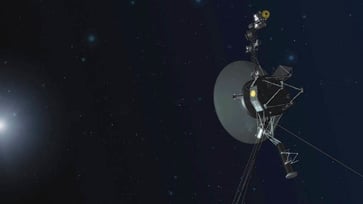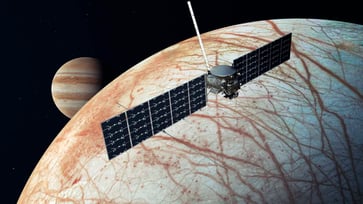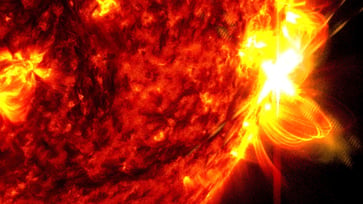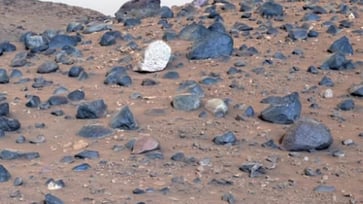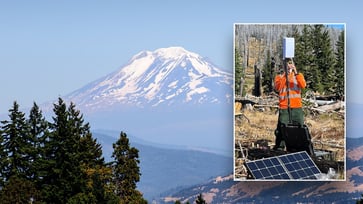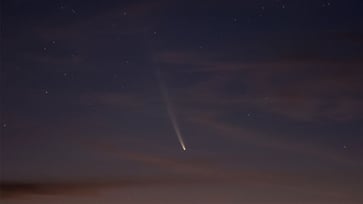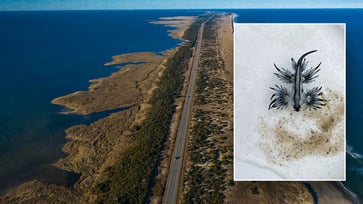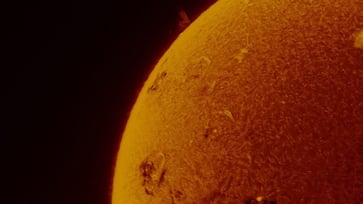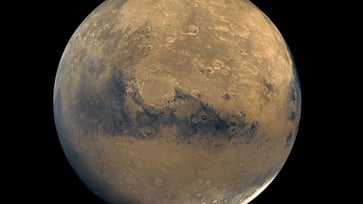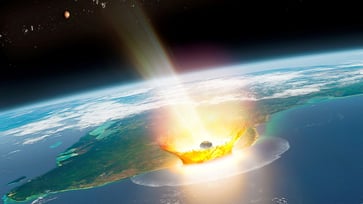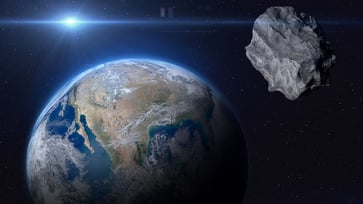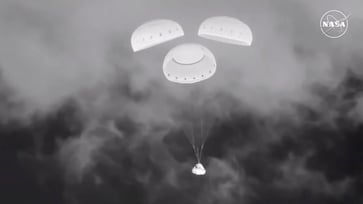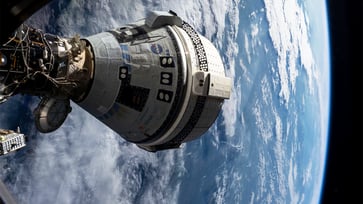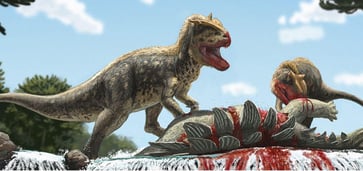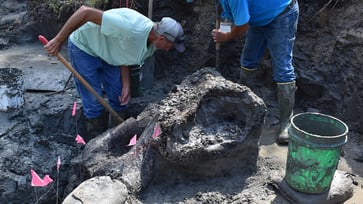Scientists estimate the time when the first warm-blooded dinosaurs lived on Earth.
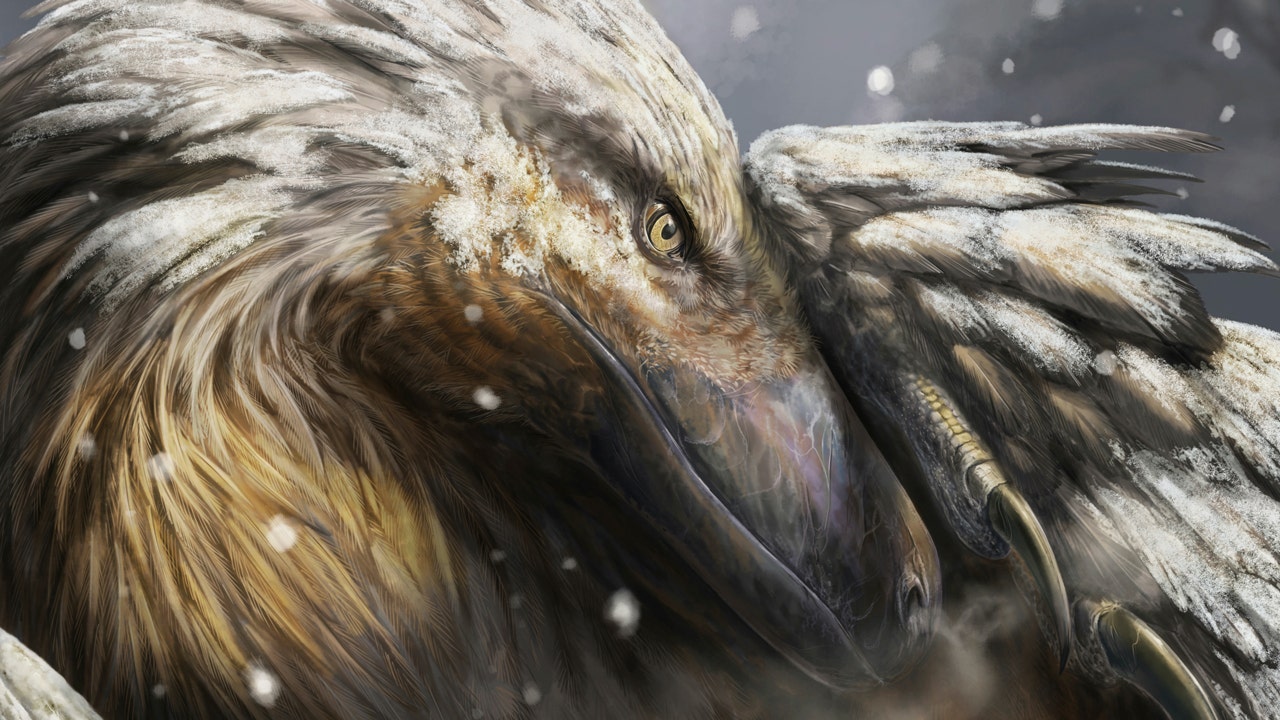
Research once suggested that scientists believed dinosaurs were sluggish and cold-blooded creatures. However, it was later discovered that some of them could regulate their body temperature. The exact time and method of this shift remained unknown.
A recent study suggests that the first warm-blooded dinosaurs may have lived on Earth approximately 180 million years ago, which was roughly halfway through their existence on the planet.
Discovering when dinosaurs developed a stable internal thermometer could aid scientists in answering other questions about their lifestyle, such as their activity and social levels.

Researchers analyzed over 1,000 fossils, climate models, and dinosaurs’ family trees to estimate the origin of the first warm-blooded dinosaurs. They discovered that two major groups of dinosaurs, including Tyrannosaurus rex, velociraptors, and relatives of triceratops, migrated to chillier areas during the Early Jurassic period, suggesting they may have developed the ability to stay warm. In contrast, a third crop of dinosaurs, including brontosaurs, remained in warmer areas.
According to Alfio Allesandro Chiarenza, a study author and a postdoctoral fellow at University College London, if something can survive in the Arctic or extremely cold regions, it must possess a method of generating heat.
The research was published Wednesday in the journal Current Biology.
Wiemann, a postdoctoral fellow at the Field Museum in Chicago, stated that a dinosaur's location is not the only way to determine if it is warm-blooded. Wiemann's research suggests that warm-blooded dinosaurs may have evolved earlier, around 250 million years ago.
By examining various aspects of dinosaurs' lives, such as their body temperatures and diets, scientists can better understand when they evolved to be warm-blooded.
science
You might also like
- Lunar modules from the first two moon landings have been captured in stunning detail by Orbiter photos, more than 50 years after the historic missions.
- Discovery of a remarkable mastodon jaw in a New York homeowner's backyard
- NASA resumes communication with Interstellar Voyager 1 after pause.
- In 2055, the asteroid that was once referred to as Earth's "mini moon" will make a return visit.
- A new species of sea slug that resides in the ocean's 'midnight zone' has been discovered with a glowing appearance.
